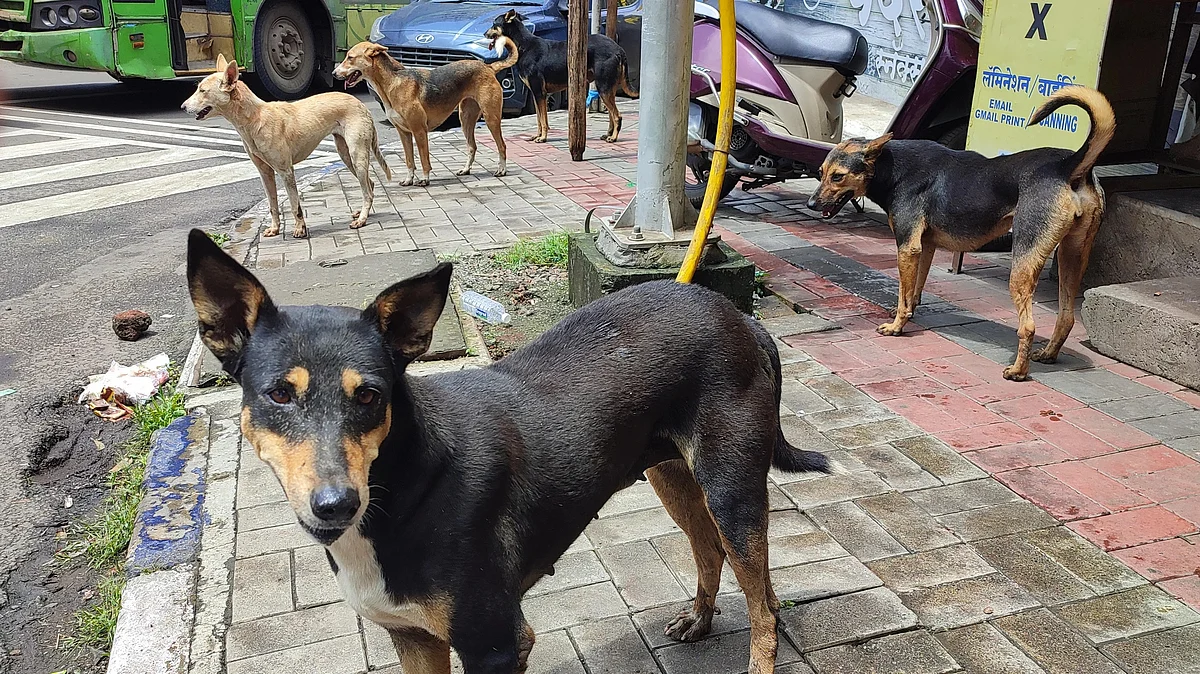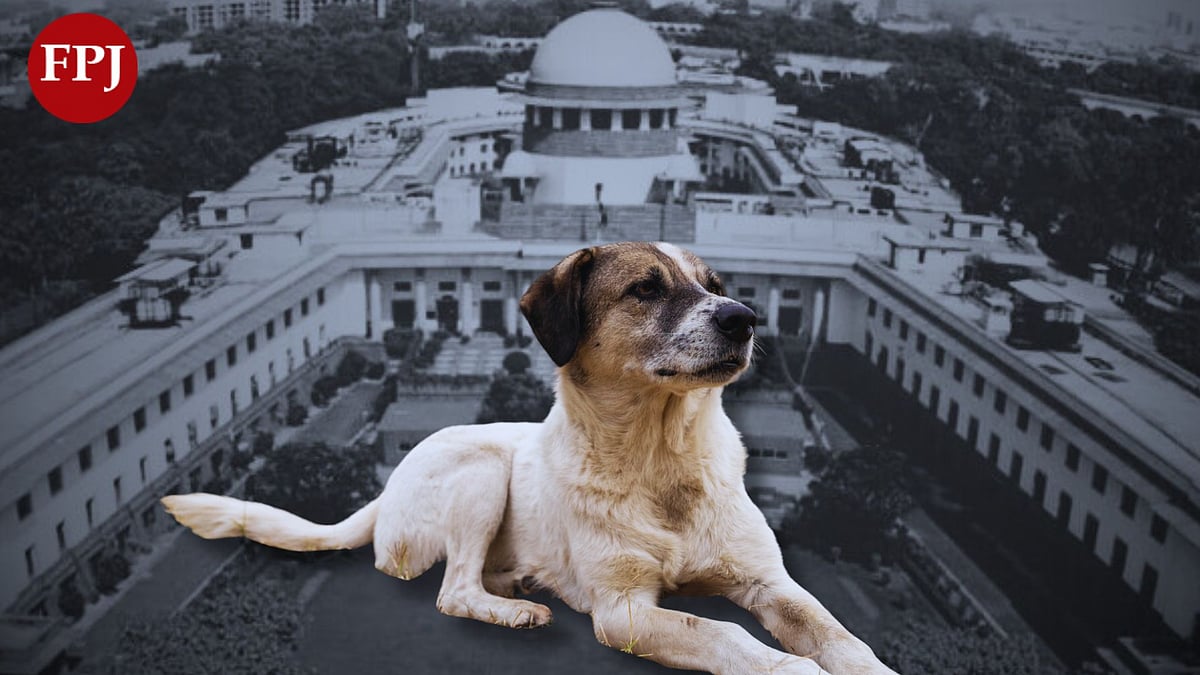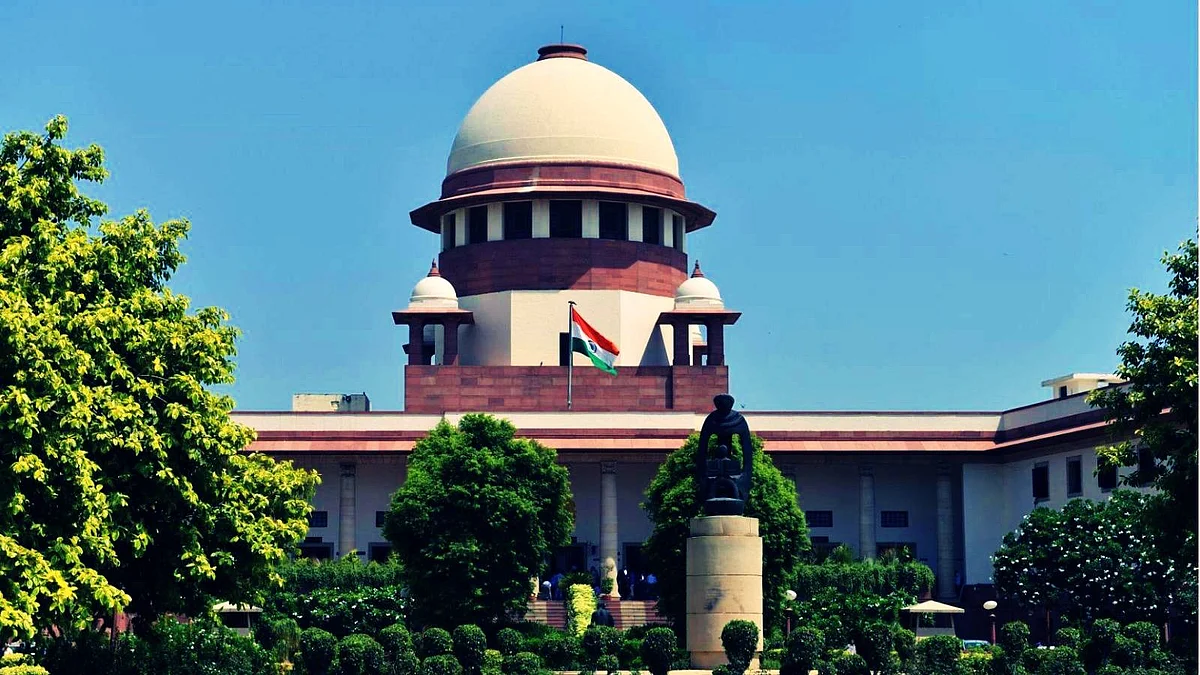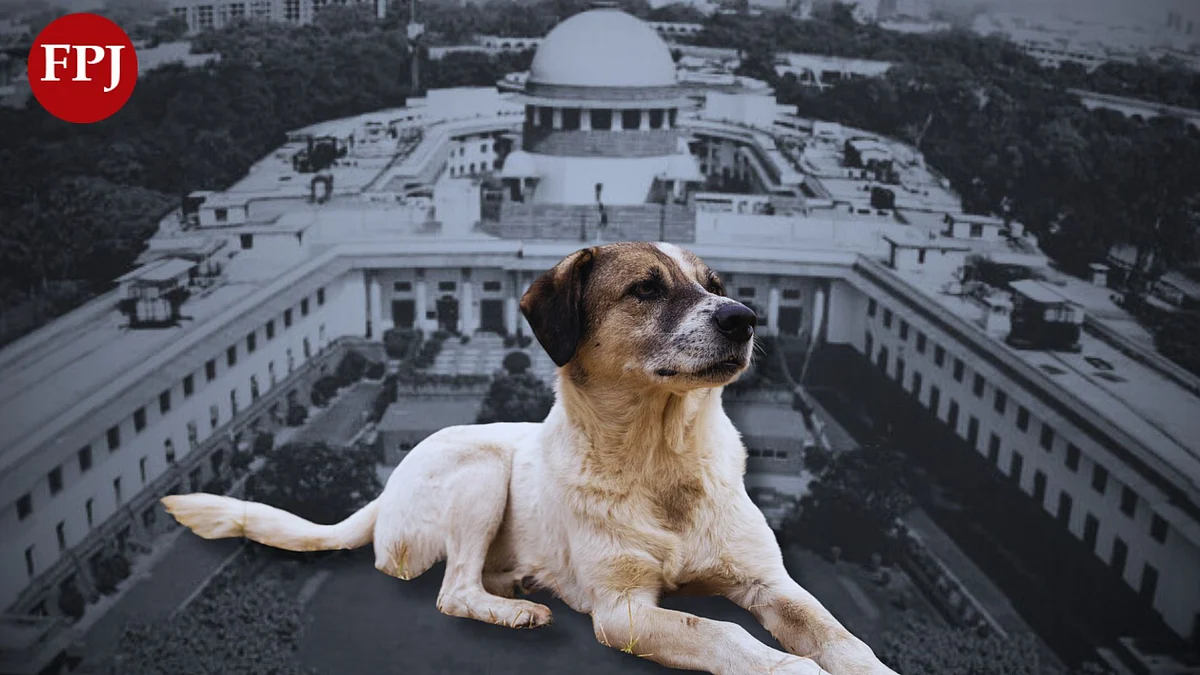The most recent Supreme Court order on stray dogs in Delhi, modifying its order of August 11, is a balanced and humane one on a vexed issue that had, in the past few weeks, pitted people against people. However, it does not bring great comfort to those who see danger or hazard in negotiating public areas with strays loitering unless, of course, the local administration acts swiftly on the court’s directions. The three-judge bench, stating that stray dogs should be released in their territories after vaccination and sterilisation, categorically said that dogs with rabies or aggressive behaviour should always be immunised and kept in shelters, that feeding strays in public places is banned, and that dedicated areas should be set up for feeding.
This came as a relief to dog lovers and animal activists, who have been up in arms since the previous order in which the two-judge bench remarked on the rising “menace of dog bites leading to rabies” and ordered all strays in Delhi and suburbs into shelters. Delhi, by one estimate, has over a million strays loitering around. While the strays, often called “indies”, are fed and taken care of by charitable organisations, dog lovers, or animal activists, their growing population has meant nuisance for many and life hazards for a few. Stray dogs have attacked and mauled people, especially children, in a number of instances or have caused deadly rabies. India accounts for 36 per cent of the total rabies-related deaths in the world, according to the World Health Organisation.

Parents who have lost little children to a pack of strays, carers to those who were attacked and injured by strays, older or senior citizens who cannot negotiate a street comfortably, and children, especially when they carry food—would still be agitated that the problem has not been sufficiently addressed. Their concern and fear are justified. No one should have to deal with a pack of dogs when they step out on roads, walk on pavements, play and shop. Dog lovers and animal activists, though their hearts bleed for the silent strays, have been unable to offer safety or comfort to fellow human beings, sometimes even their neighbours. Their unwillingness to see the risks posed by strays has been rather baffling.
The SC order has drawn firm lines now—on feeding and on dogs being taken to shelter—and has placed the onus on local administrations. Banning feeding in public places and regulating it to dedicated areas so that strays are not hunting for food all over will bring relief to both sides. But it all depends on how swiftly local administrations now implement the order—on feeding, sterilising, and sheltering strays with rabies or showing aggressive behaviour. The efficacy of the administration will decide, in the coming months, if the SC order has made a real difference or not.










